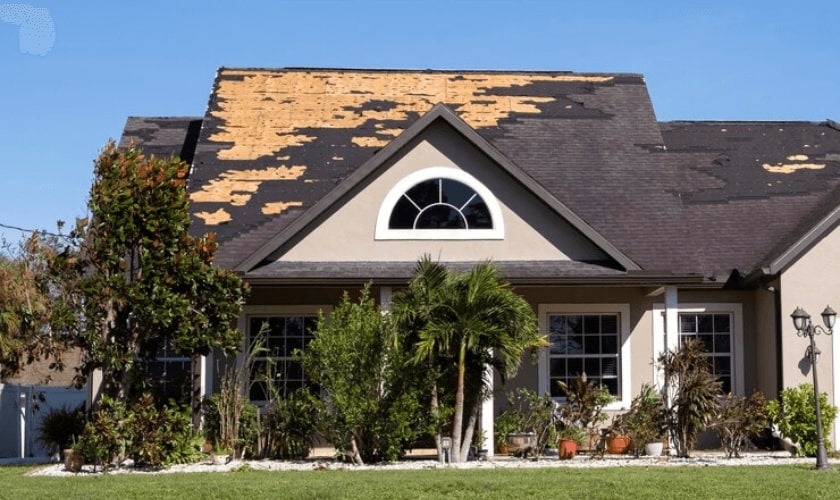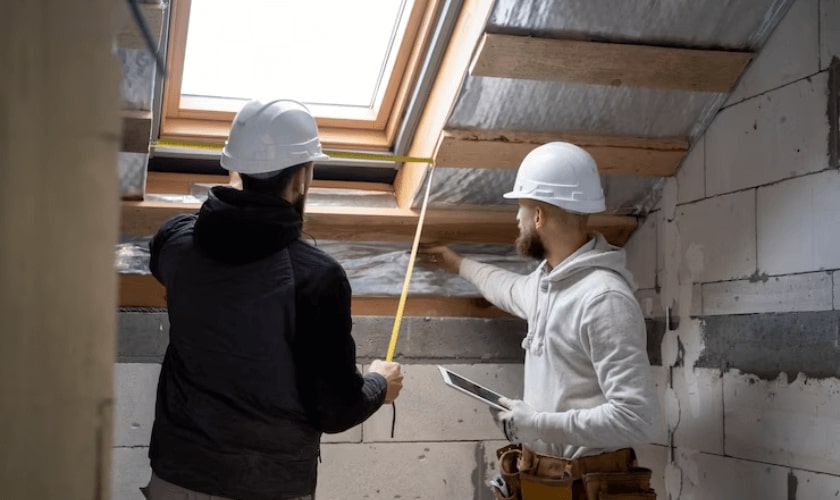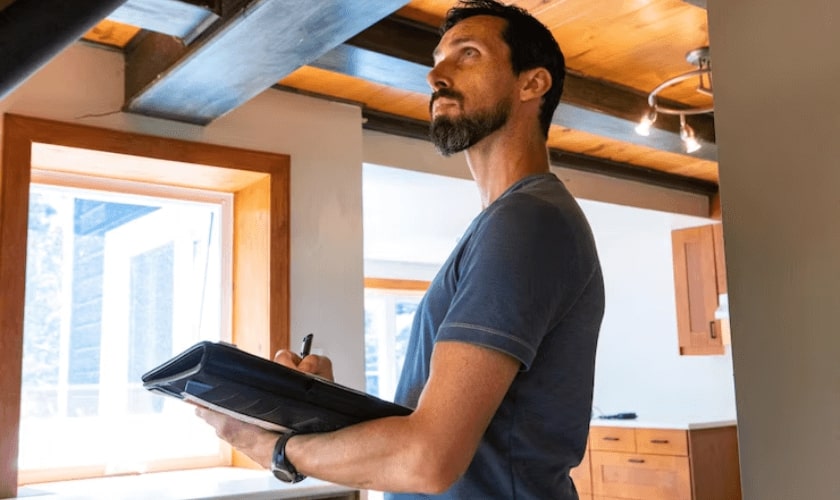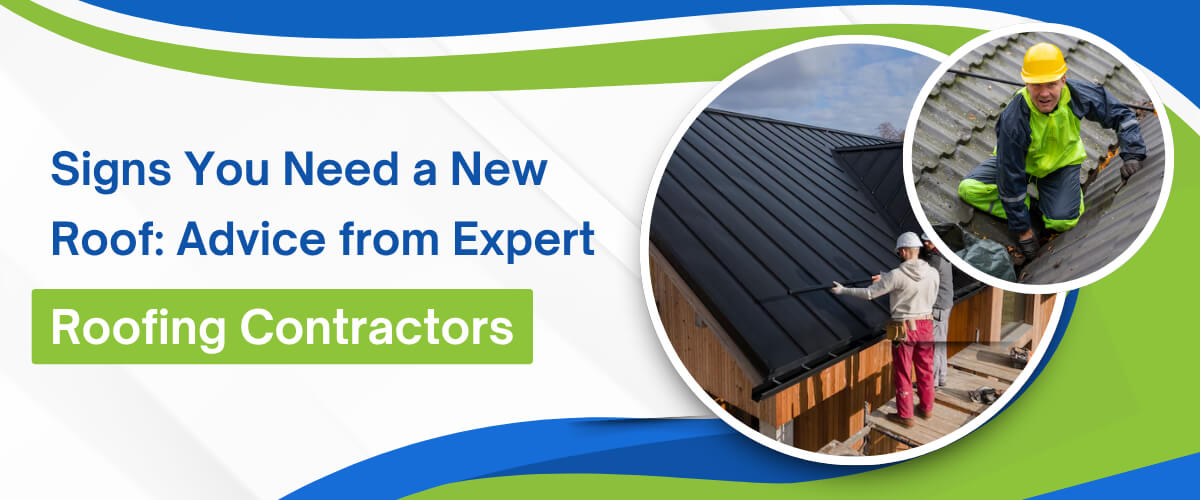A roof does more than keep rain out of your home. It shelters your family, protects against harsh winds, and keeps your home warm in the winter. When you ignore roof problems, you invite trouble like water damage, mold, and higher energy bills. Many people wait too long before calling for help. But by the time water drips through the ceiling, the damage is already done. That is why regular roof care matters so much.
Expert roofing contractors know the early warning signs that your roof needs work. If caught early, simple repairs can save you from a costly replacement. But how do you know if it is time for a new roof? This guide shows the most common signs you need a new roof and offers advice straight from experienced contractors. You will learn what to look for, how to act fast, and how the right steps can protect your home and wallet in the long run.
Table of Contents
ToggleCommon Signs You Need a New Roof
- Shingles look old, cracked, or curled.
- Shingles or granules lie in your gutters after storms.
- There are dark patches on the roof.
- You see water stains, bubbling paint, or signs of mold inside.
- Your house feels stuffy, or you notice high heating or cooling bills.
- The roof sags or pulls away from the corners.
-
Visible Exterior Damage

- Cracked or curled shingles
- Flat or missing shingles
- Bald spots (shingles without granules)
- Worn or rusted flashing around chimneys, vents, or edges
When shingles break or blow away, water can seep under the layers. Damaged flashing means water might enter at the weakest points. You may spot dark patches where granules washed away.
Walk around your home and look up. Does the roof appear uneven, wavy, or bumpy? Sagging areas or uneven lines are a red flag. Let a professional check for soft spots or rot.
-
Age of the Roof
Most roofs come with a built-in timer. Asphalt shingles usually last 15 to 25 years. Wood shakes and shingles may last 20 to 30 years. Metal roofs often last from 40 to 70 years if cared for well. Ask when your current roof was installed. If your roof is near its upper age range, think about replacement instead of repair.
The weather can shorten the life of a roof. Here in Illinois, hot summers, heavy rains, and icy winters all speed up damage. If your roof shows problems and is nearing the end of its lifespan, replacement is often the smarter choice.
-
Leaks, Water Stains, and Interior Issues
Water stains on your ceiling or walls often point to roof leaks. Sometimes, a drip shows up after a storm. Other times, yellow or brown spots appear even in dry weather. Mold, mildew smell, or paint that peels are all signs that water finds its way inside.
If you see a sagging ceiling or warped wall panel, do not wait. These problems do not fix themselves. When left too long, leaks lead to costly repairs inside your home.
Standing in the attic, look for wet wood, dark spots, or daylight shining through the roof boards. Any moisture inside your attic means the roof has failed in those spots.
-
Higher Energy Bills and Poor Ventilation
Look at your heating and cooling bills. Have they jumped in the last year? Poor roof ventilation or worn-out insulation lets heat escape in the winter or enter in the summer. The roof works with your attic to keep air flowing and temperatures stable. Poor airflow traps heat and moisture, which can damage shingles and rafters.
If a roof cannot take care of temperature swings, it asks your furnace and air conditioner to work harder. This means higher energy costs and a less comfortable home.
What to Do When You Notice Warning Signs
-
Schedule a Professional Roof Inspection

The first step is a routine roof inspection. Local roofing professionals know what to check—both inside and out. They spot problems you might miss, like hidden leaks, weak spots, or early rot. Many companies offer yearly checkups, especially for residential roofing in Illinois. Homes need to stand up to harsh winters and strong winds.
The money you spend on an inspection can save you thousands in repairs or water damage. A clear report gives you a sense of security, whether you live in an old home or a newer build.
-
Understand Your Roofing Options
- Asphalt shingles (most common, easy to install, affordable)
- Metal roofing (long life, resists wind and fire)
- Wood shakes and shingles (classic style, needs care)
- Clay or concrete tiles (durable, heavy, may need extra framing)
-
Choosing the Right Roofing Contractor

- Hold local licenses and insurance
- Provide written bids and clear timelines
- Have strong reviews online or from neighbors
- They are based locally and know the weather demands of residential roofing services that homes need
The Bottom Line
Your roof stands between your family and bad weather. Knowing the warning signs that you need a new roof keeps your home safe, dry, and warm. Small clues—like missing shingles, water stains, or high energy bills—are not just little problems. They are your roof’s way of saying it needs help.
Act as soon as you notice an issue. Schedule routine roof inspections, choose trusted contractors, and look for materials that last. A new roof offers reliable protection, protects your investment, and helps your home run smoothly.


